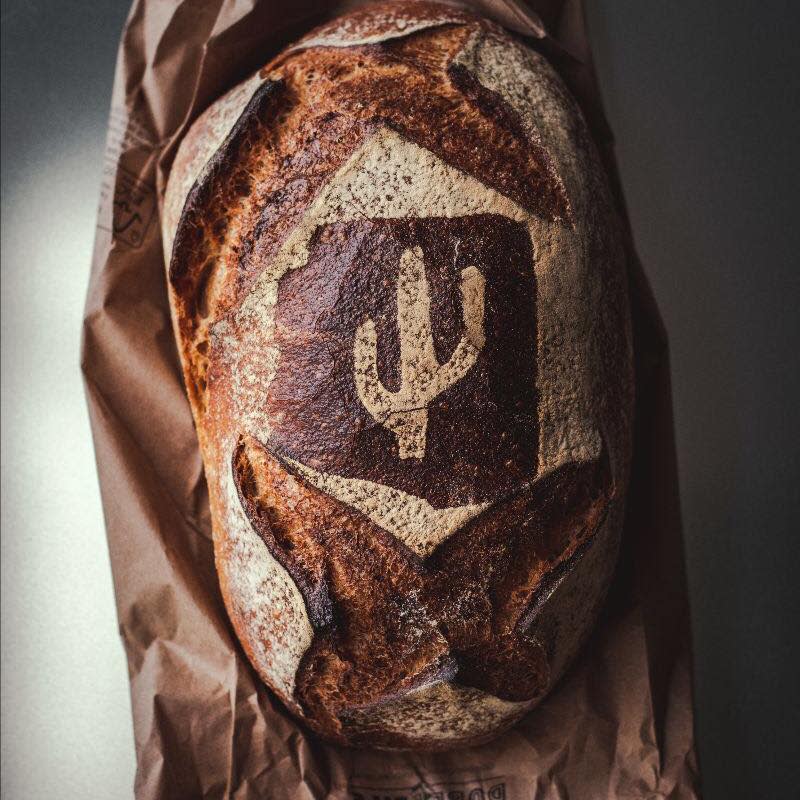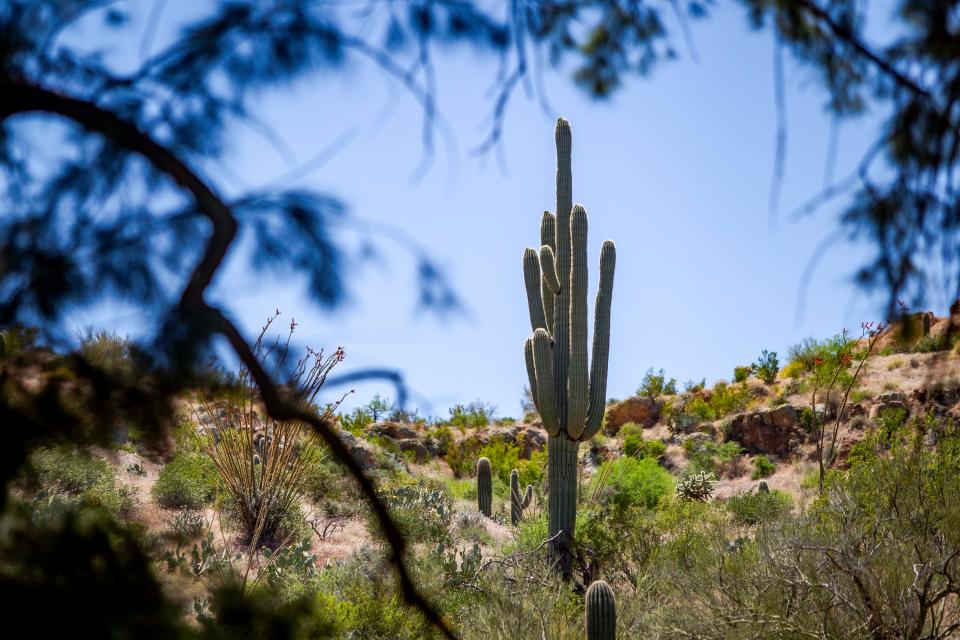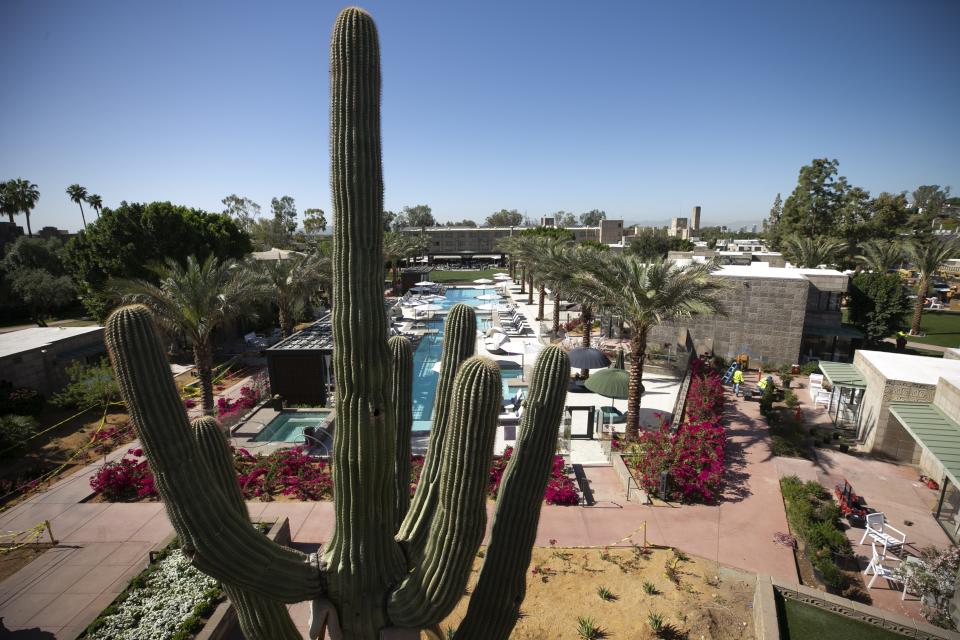Mysteries of the wandering cactus unearthed: A Saguaro exposé
Business owners and their signmakers have a powerful botanical in their marketing toolbox. With some green paint, a modicum of skill, and a few quick brush strokes, they can convey a fabled region of the U.S. and its most popular cuisine to audiences around the world.
Potential customers outside the Southwest would likely be hard-pressed to name this giant green succulent. Yet, people around the globe are familiar with the visual representation of the saguaro, known to most as the "giant cactus." And this icon's connection to the American Southwest and Mexican food is solid.
'Top Chef' filmed in AZ: Why the Houston finale was filmed here, according to its showrunner
No other symbol has the power to instantly evoke the region or a plate of tacos by the mere shape of its outline. Many consider this celebrity cactus a living embodiment of the Southwest. How did a single symbol get to be so charismatic and powerful in our image-driven society?

The saguaro's notoriety begins with its physical stature. Called the monarch or sentinel of the desert, this massive succulent typically towers over the ecosystem it inhabits. Another physical characteristic that makes the saguaro especially noteworthy is its distinctive anthropomorphic form. Many people believe the saguaro most closely resembles Homo sapiens.
The anthropomorphic characterization of the saguaro includes more than just its form. Saguaro branches are "arms," while "ribs" are the plant's internal wooden supports. Shrubs and trees beneath which seeds of this cactus germinate are called "nurse plants."
The saguaro became one of the world's most recognized plants due to its appearance in countless Hollywood movies and television shows during the heyday of the Western.
Cartoons such as Wile E. Coyote and the Road Runner imprinted the saguaro on generations of impressionable kids. The desert icon was so de rigueur to the scenery that specimens were often imported or fake saguaros constructed when scenes were shot outside the plant's natural range. This trickery enabled the film's landscape to achieve an authentic "Western look."
The saguaro is native only to northern Mexico and the Sonoran Desert of southwestern Arizona, where it thrives on rocky slopes with southern exposures. The plants' range to the north and east is halted by cold winter temperatures and the increased aridity in the California deserts to the west.

But, unrestricted by climate, its commercial brethren have migrated worldwide, which is a testament to how the towering saguaro has outstripped its native range. These extraordinary cactus have managed to unearth themselves from the Sonoran Desert to wander the nation and the world.
A wide variety of businesses, particularly Mexican restaurants, have adopted the saguaro symbol as part of their marketing. Saguaros grow on signs throughout the Southwest and the world.
The saguaro that is inevitably featured in the advertising realm has two upright arms as if the cactus is being robbed at gunpoint. The late University of Arizona art professor Warren Anderson humorously referred to these cartoon-image creations as "bandit victims" in his 1981 book, Vanishing Roadside America.
The saguaro of the advertising world has left something important behind, though. The plant has a difficult-to-pronounce name, which is seldom used by businesses outside its native range.
Elsewhere, the stately saguaro is more generically known as the giant cactus. Botanists refer to it by its scientific name, Carnegiea gigantean, after the philanthropist and patron of science, Andrew Carnegie.

Even native Arizonans haven’t always agreed on the spelling of this cactus' name. "Saguaro" is the most common version, followed by "sahuaro." Rarer versions include the perhaps unintentionally amusing "suhara cactus” found on some vintage postcards.
An interesting dichotomy emerges. While this botanical curiosity has virtually worldwide visual recognition, the saguaro's difficult-to-pronounce-and-spell name is mostly unknown. Outside the Sonoran Desert, the commercial magic is in the saguaro's profile; within its native range, the name articulates a sense of regional identity.
Douglas C. Towne is the editor of Arizona Contractor & Community magazine, arizcc.com.
This article originally appeared on Arizona Republic: The iconic saguaro: The cactus' American Southwest connection is solid

